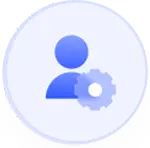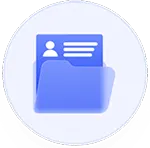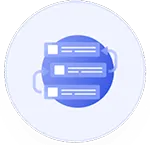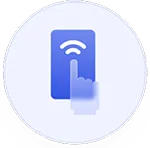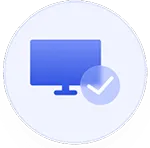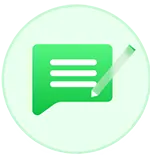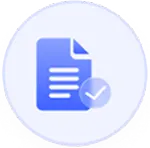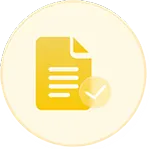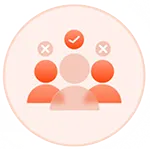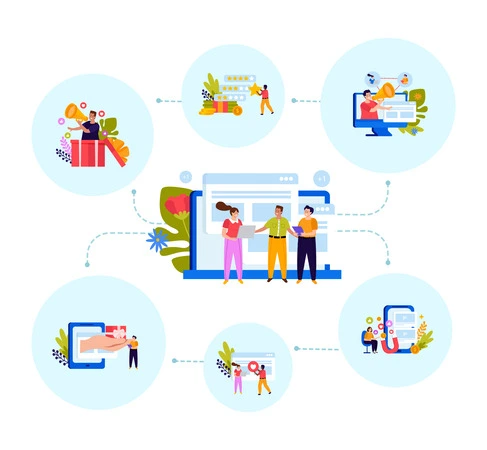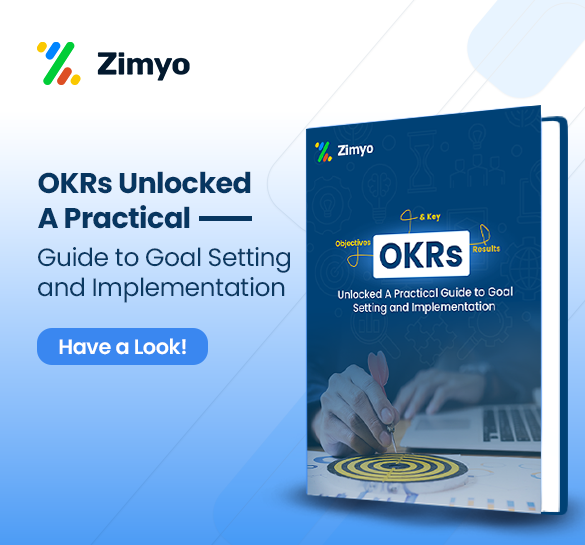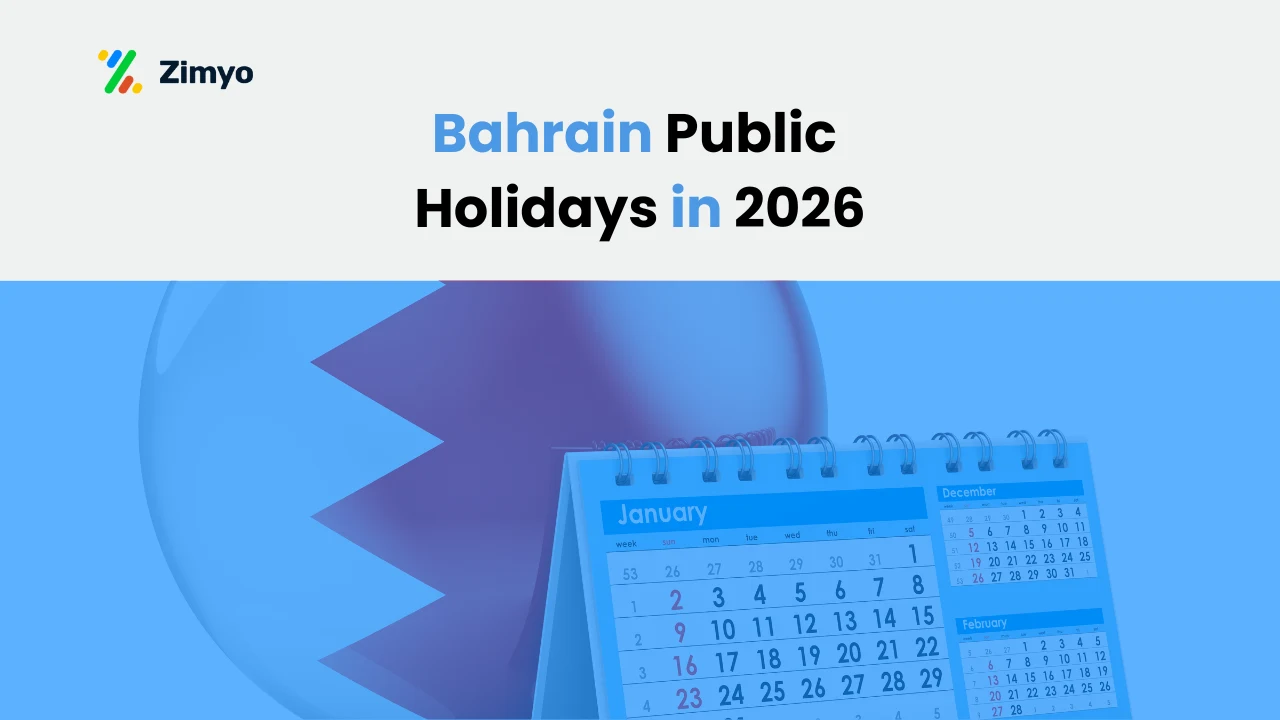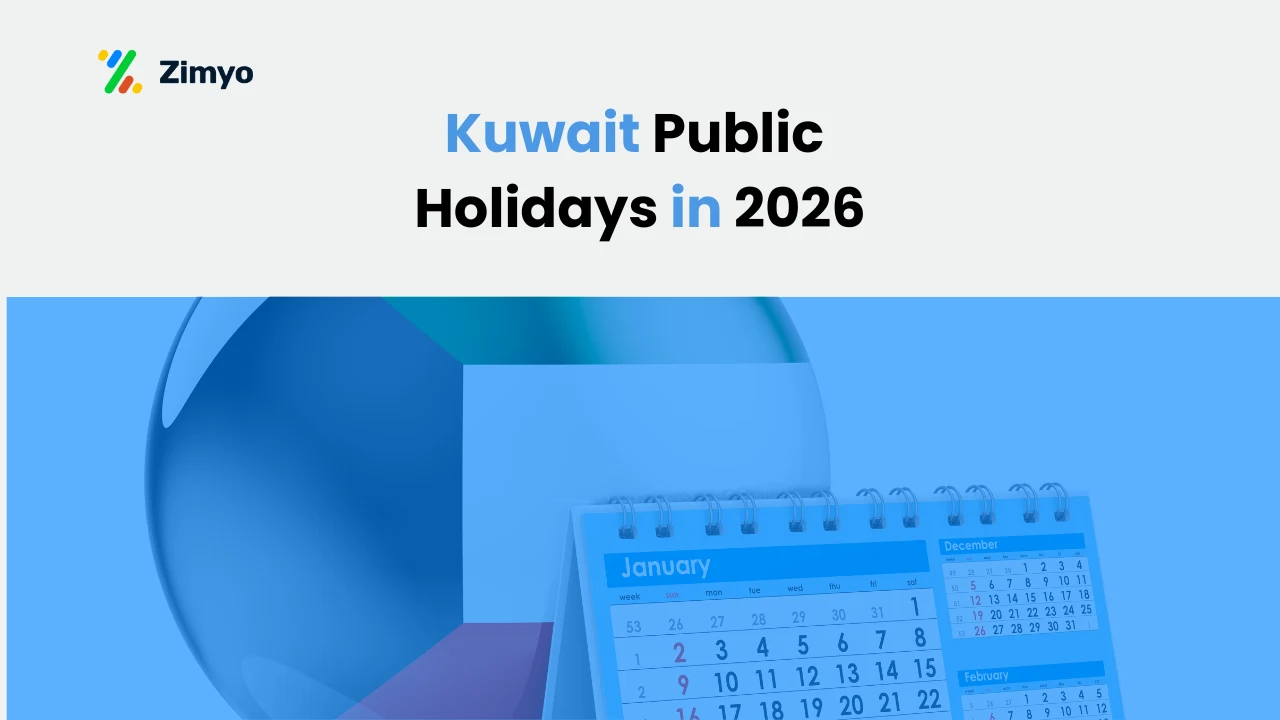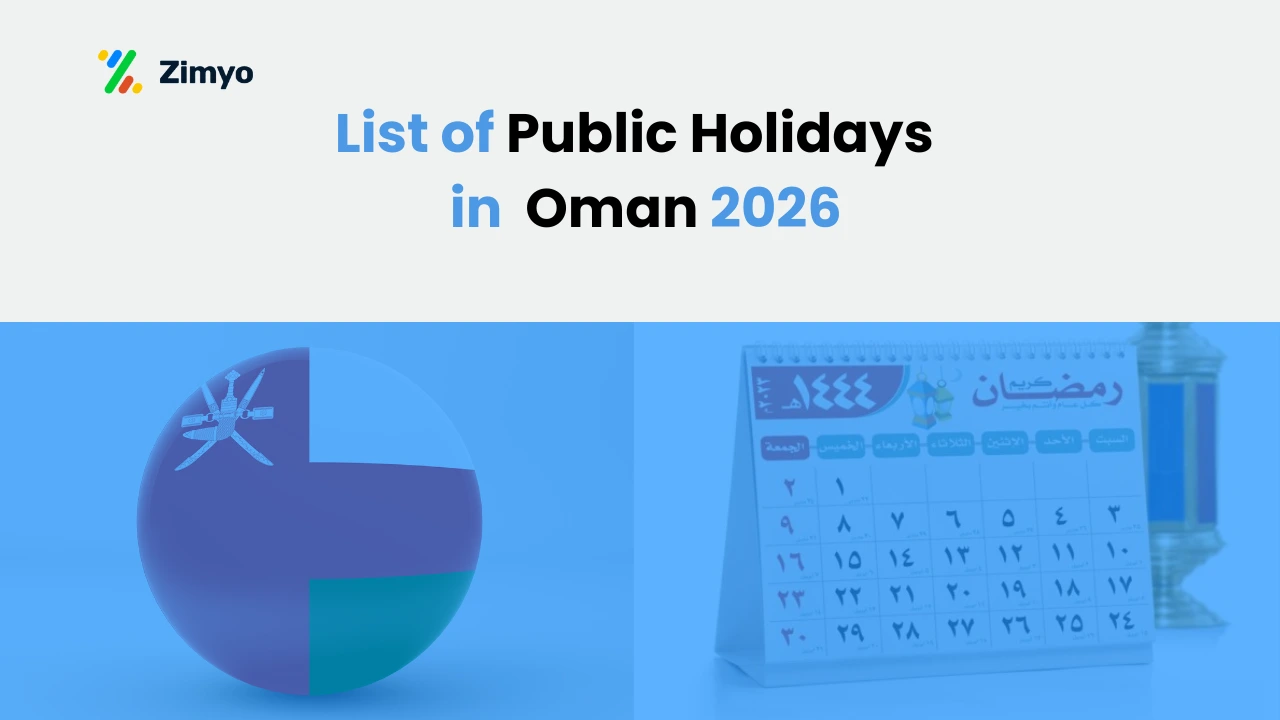Your HR team is stretched to the limit. Day in and day out, they’re inundated with the same old questions such as “Where can I see my payslip “, “How many days leave I have remaining “, or “Can I change my bank details somewhere “—queries that could so easily be solved without the involvement of HR. Rather than informing strategy or enhancing the employee experience, HR professionals typically spend more time getting bogged down in administrative work. So, the answer is to roll out a solid Employee Self Service (ESS) platform.
What is Employee Self Service Software
The idea behind Employee Self Service is straightforward but powerful: empower employees to help themselves.
Also, ESS software, which is usually located within the HR portal of an organization, enables employees to administer much of their own HR activity—without the intervention of a full-time HR professional. Whether it’s changing personal information or requesting a payslip or leave, employees are given 24/7 access to employment-related data.
Overall with ESS, your HR team can focus their time and energy on valuable, strategic work rather than serving as a human FAQ machine.
So, this isn’t simply about convenience—it’s about revolutionizing the way your company works.
Why Your HR Tech Stack Must Include ESS
Companies must keep pace with worklife expectations. As most business processes have transitioned digital, HR procedures have lagged behind—using antiquated manual methods that impose inefficiencies in the form of roadblocks.
Further Zimyo’s Employee Self Service portal feature transform HR operations by cutting through bureaucratic processes and paper inefficiencies. Through intuitive design, automation, and real-time feedback, the platform injects agility and transparency into all stages of the employee lifecycle.
Key Features of Zimyo's Employee Self Service Portal
So, an effective ESS system must be more than a portal—it must be a center of functionality. Zimyo’s ESS platform features:
- Personal Info Updates: Update and modify information
- Access to Payslips and Tax Documents: Access anytime, anywhere
- Leave Management: Easily apply, approve, and track
- Onboarding Documents and Policies: Searchable and centralized
- Benefits Enrollment and Expense Claims Performance Reviews and Feedback Cycles
- Real-Time Notifications and Reminders
- Mobile-Friendly Access on the Go
Top Benefits of Employee Self Service Software
1. Employees Can Update Their Own Information
Now employees no longer need to email HR for every minor update. Also, they can directly manage contact info, bank details, and emergency contacts through the Employee self service portal. Overall, this also turns employees into stewards of their own data, which means they’re more careful and accountable.
2. Significant Reduction in HR Workload
By taking HR out of the middle of everyday transactions, Employee self service portal significantly reduces redundant administrative work. HR no longer has to:
- Manually manage payslips
- Clarify tax deductions
- Handle leave tracking
- Respond to policy queries
Instead, the team can concentrate on what really fuels growth enhancing culture, performance, and engagement.
3. Simplified Recruitment and Onboarding
With Zimyo, new recruits after recruitment can:
- Upload documents
- Sign offer letters electronically
- Fill out preboarding checklists
- Read policies and view orientation videos
Also, HR can then track progress and performance without chasing paper or redundant forms.
4. Track Time Off with a Click
Also, time-off requests are no longer dependent on emails and spreadsheets. With ESS:
- With ESS Employees can request leave
- Managers receive immediate approval requests
- Calendars auto-sync
- Balances are tracked in real-time
Further, the employee self service portal prevents confusion, guarantees policy compliance, and maximizes transparency.
5. Enhance Employee Engagement

With Zimyo’s ESS platform features functionalities that facilitate the creation of culture:
- Birthday and anniversary-based employee directories
- Also shout-out and award-based recognition modules
- Moreover employee voice empowerment tools for feedback and suggestions This feeling of participation and recognition improves morale and fosters a more cohesive team spirit.
6. Access Anywhere in Real-Time
Whether an employee works from home, on the road, or onsite, Employee self service provides them access to all the information they might need—ranging from tax forms to policy notifications—at the tips of their fingers.
In short, providing this visibility helps employees respond quickly and act more efficiently.
7. Facilitating Compliance and Security
Moving to ESS also supports compliance. Moreover, many platforms come with inherent controls that provide assurances that the company is meeting labor laws and data protection mandates. Furthermore, workers are encouraged to fill out required forms and acknowledgments, and the electronic record-keeping leaves a trail that is auditable for all actions.
In addition, Employee self service portals usually provide permission controls, which see that sensitive data is accessed by only the permitted staff members, adding security to your HR process.
8. Simplifying Time-Off and Attendance Management

Also, monitoring leave credits, time and attendance can be a challenging task when manually done. Further, leave management is usually a feature of ESS systems, through which employees can see their leave credits, request time off, and get approval, all without HR intervention.
Overall, the system updates records automatically and ensures policies are applied consistently. Therefore, not only is this time-saving, but it also reduces arguments over leave allowances and attendance variances.
9. Sustaining a Remote and Hybrid Workforce
Particularly since the transition to remote and hybrid work, businesses have required more scalable, adaptable tools. Also, employee self service platforms can be accessed anywhere, which means that HR services are not interrupted no matter where the employee is located.
Therefore, it closes the geographical gap and provides consistency in employee experience even when the team is distributed across various states or nations.
Selecting the Right ESS Platform
Obviously, not all ESS systems are alike. One should provide
- An easy-to-use, mobile-enabled interface
- Integration with your current HRMS or payroll solution
- Role-based access controls for security
- Scalability for expansion
- Customization to match your company’s individual processes
Thus, feedback mechanisms and user training can also enhance adoption levels and lead to the long-term success of the system.
Not Just for Employees: Manager Self Service
Though employees are the primary beneficiaries of ESS, managers stand to gain equally. Furthermore, Zimyo’s ESS module has Self Service features that allow them to:
- Approve or reject leaves
- Set objectives and track performance
- Monitor team attendance and shifts
- Give feedback and control review cycles
- Send appreciation or post updates
Also, this lessens HR’s role as a micromanager and empowers team leaders with more freedom and visibility in their teams.
What Sets Zimyo's Employee Self Service Platform Apart
Intelligent User Interface
Zimyo’s interface is simple to navigate and act upon, even for users who are visiting for the first time.
Mobile App
Moreover employees can conduct almost all ESS tasks—from leave application to clocking in—on their phone.
Zimyo – Your HR Chatbot
Further Zimyo automates onboarding, FAQs, document inquiries, and more with intelligent automation and conversational simplicity.
Additional Zimyo Tools That Save Time
• Hire Module
- Applicant Tracking System to streamline hiring processes
- Referrals for employees with drag-and-drop resume parsing
• Engage Module
- Company announcements
- Recognition tools
- Feedback gathering and "Submit an Idea" tools
- In-house team communication and collaboration
• Performance Module
- Continuous and tailored feedback loops
- Goal tracking built into appraisal processes
• Manage Module
- Live org charts and attendance snapshots
- Shift scheduling and resource planning
- Leave approvals and automatic balance tracking
• Survey Tools
- Automatic surveys for engagement and satisfaction
Conclusion: Save Time, Scale Faster
Employee Self Service isn’t just about technology—it’s about rethinking how we manage people. Also, by empowering employees and managers with self-service tools, HR can finally stop getting bogged down in low-value activities and work on what really matters.
Overall Zimyo’s ESS platform doesn’t just do the bare minimum. It brings all that HR needs—automation, access, insights, and agility—into a single intuitive system.
Thus, if your HR staff is drowning in admin work, it’s time to throw them a lifeline.
So, Ready to empower employees and streamline HR. Book a free demo with Zimyo to witness Employee Self Service in action.
Frequently Asked Questions (FAQs)
The Employee Self-Service (ESS) feature is to provide employees with direct access to handle their HR activities, like changing personal details, requesting leave, and viewing payslips, without the intervention of HR. This lightens HR’s workload and increases efficiency.
ESS in HR is a web-based platform that allows employees to independently carry out HR-related activities, e.g., updating personal information, requesting leaves, and accessing payroll data, without depending on HR personnel.
Popular ESS applications are Zimyo ESS, Workday, ADP Workforce Now, BambooHR, and Zenefits, which facilitate automating and simplifying HR activities.
ESS software enables employees to manage HR activities on their own, lightens the HR load, automates leave management, improves communication, enforces compliance, and boosts employee engagement, ultimately enhancing efficiency.


